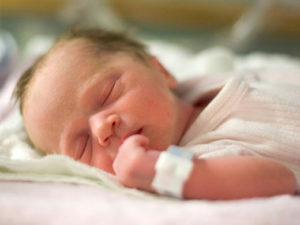 Dandruff is a very common scalp disorder that has occurred for centuries. A new study found that the most abundant bacteria on the scalp are Propionibacterium and Staphylococcus, and that they have a reciprocal relationship with each other - when one is high, the other is low. When compared with a normal scalp, dandruff regions had decreased Propionibacterium and increased Staphylococcus. The researchers suggested that these findings suggest a new way to treat dandruff - to increase the Propionibacterium and decrease the Staphylococcus on the scalp. Stay tuned for possible future treatments using these findings. From Science Daily:
Dandruff is a very common scalp disorder that has occurred for centuries. A new study found that the most abundant bacteria on the scalp are Propionibacterium and Staphylococcus, and that they have a reciprocal relationship with each other - when one is high, the other is low. When compared with a normal scalp, dandruff regions had decreased Propionibacterium and increased Staphylococcus. The researchers suggested that these findings suggest a new way to treat dandruff - to increase the Propionibacterium and decrease the Staphylococcus on the scalp. Stay tuned for possible future treatments using these findings. From Science Daily:
Bacteria the yin and yang of dandruff, says study
Dandruff is not caused by a fungus, as many believe, but by an imbalance between two competing bacteria that naturally colonise the human scalp, according to a study released Thursday. Think of Propionibacterium and Staphylococcus as the yin and yang of healthy hair: when they hold each other in check, so too is dandruff held at bay. But when one dominates the other, the tell-tale white flecks that settle on shoulders like snowdust begin to proliferate, a team of Chinese and Japanese researchers reported.
Dandruff is the most common scalp disorder on the planet, a tonsorial bane for about half the world's population. But experts have differed sharply over the years on its causes and possible cures....A team anchored by Zhang Menghui of Shanghai Jiao Tong University isolated a large number of variables in the ecosystem of the human scalp to see how they interact. In 59 Chinese volunteers aged from 18 to 60 years old, they measured levels of water, several dozen bacteria, sebum—an oily secretion that proliferates in adolescence and early adulthood....Participants washed their hair 48 hours in advance of the tests, and dandruff samples were taken from eight different sections of the scalp.
"Overall, fungi did not exhibit an important role in the severity of dandruff," they concluded.
"The relationship between the bacteria and the dandruff was significantly stronger."
But the scientists also noticed that prevalence of the pesky white particles was higher when the ratio of two dominant bacteria—which normally cancel each other out—was altered. "This study suggests that adjusting the balance of the bacteria on the scalp... might be a potential solution to lessen dandruff," they concluded.

 The mother is an important source of the first microbiome for infants by "seeding" the baby's microbiome - from the
The mother is an important source of the first microbiome for infants by "seeding" the baby's microbiome - from the